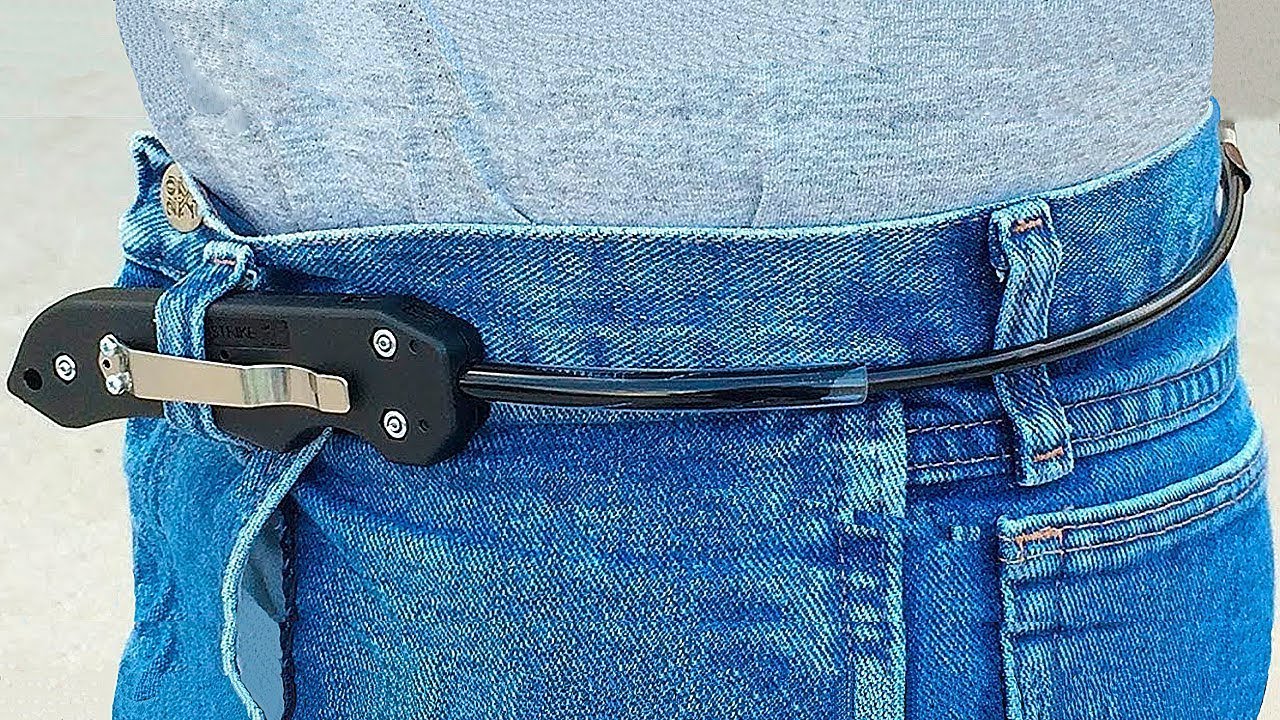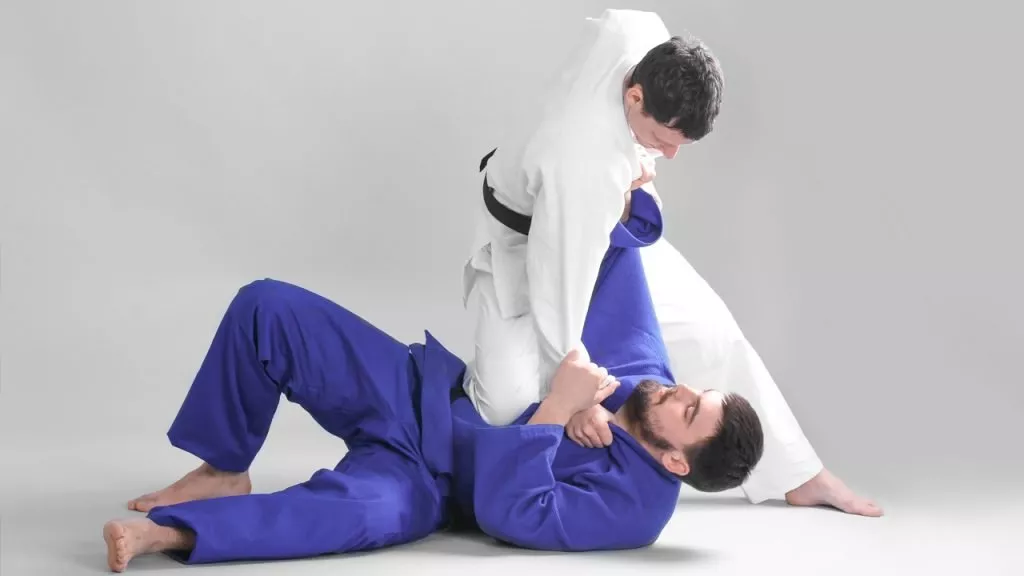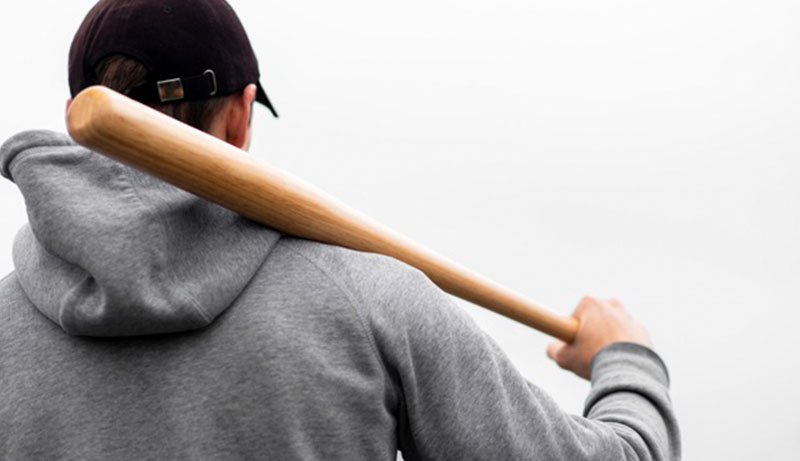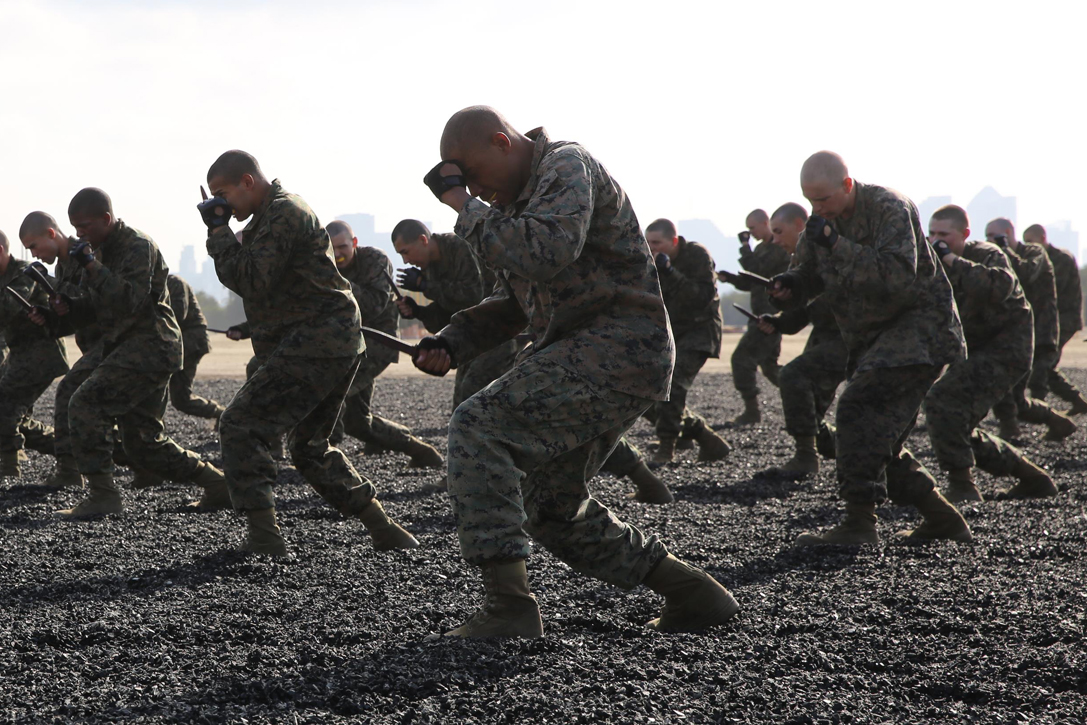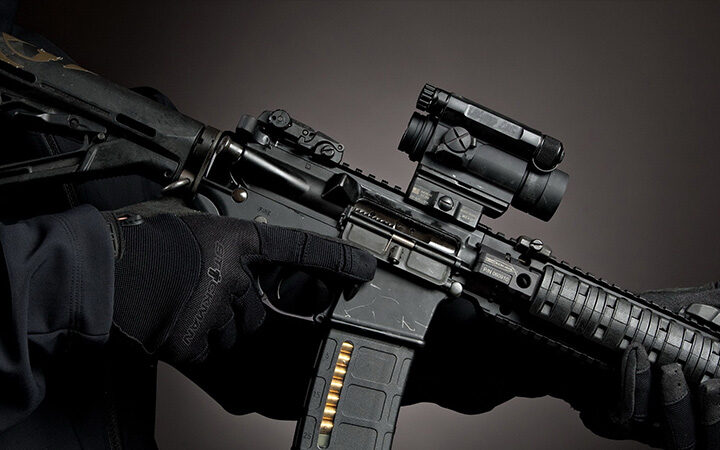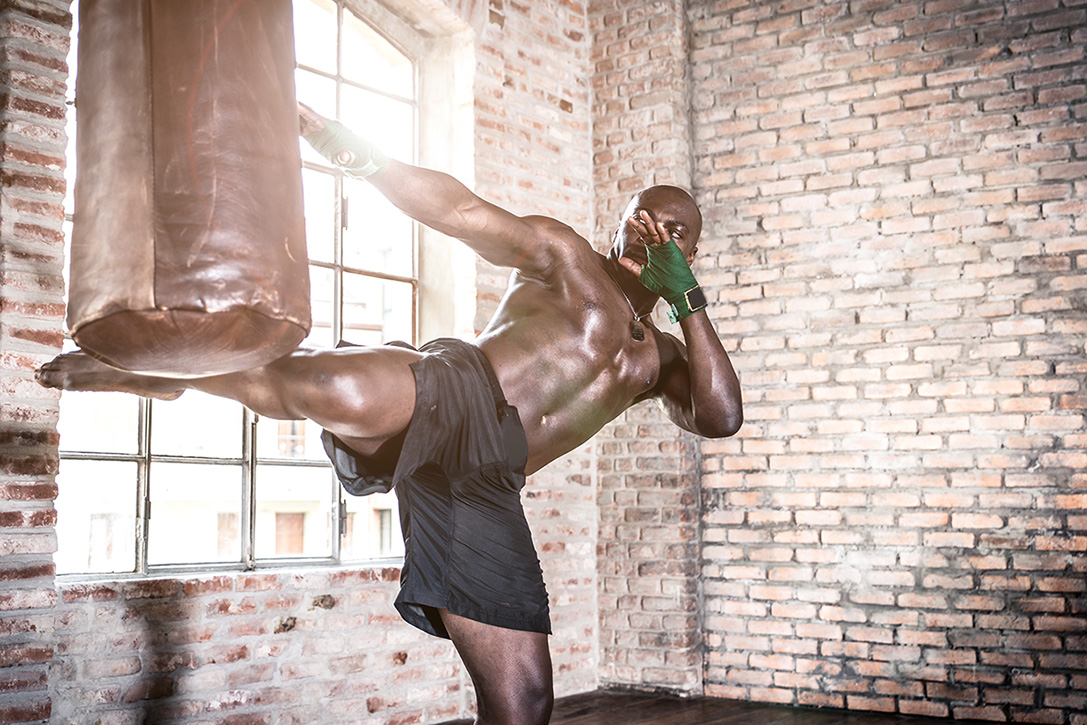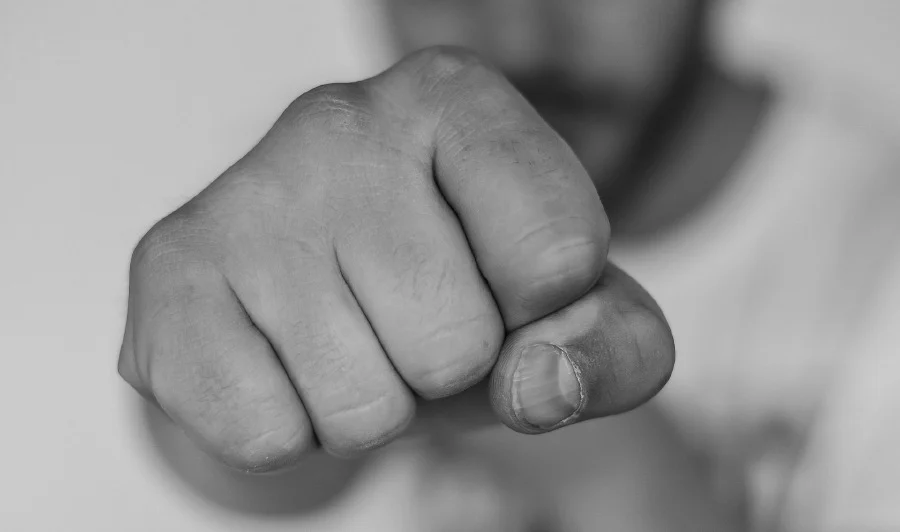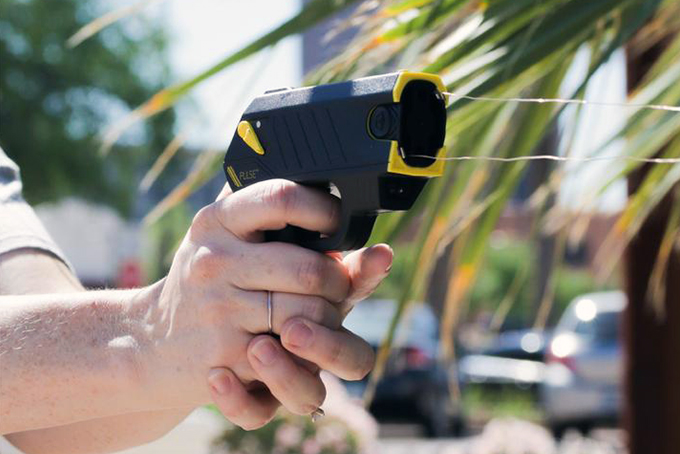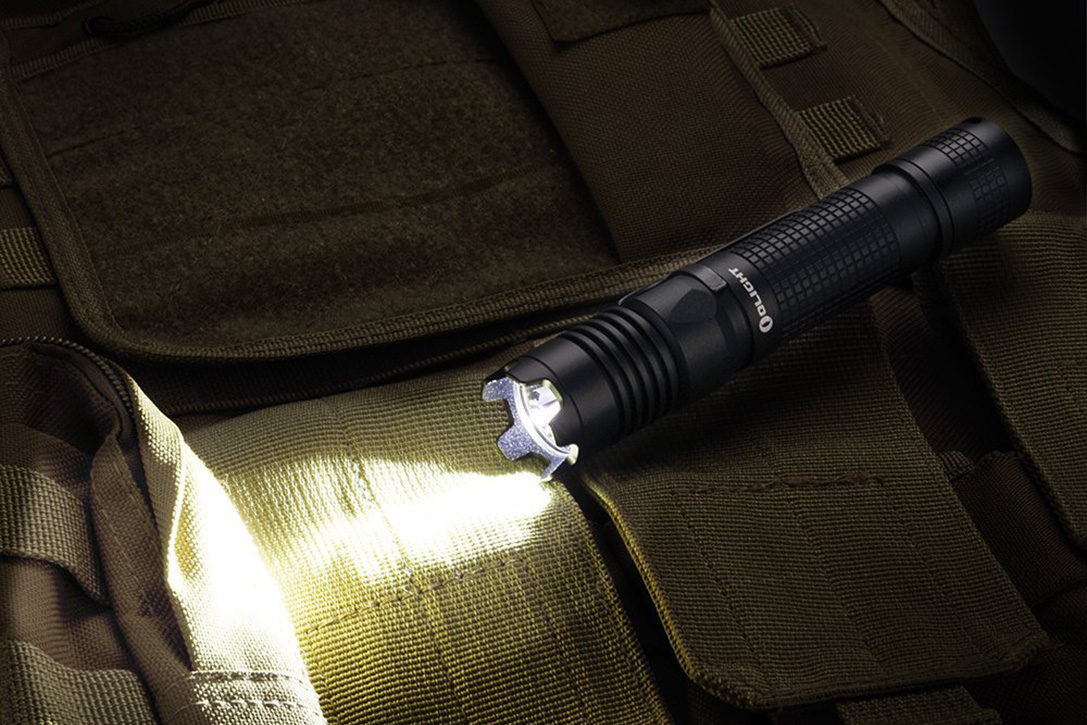What to do before a knife fight
1. Get in shape
2. Learn to handle a knife
3. Know your opponent
4. Be prepared mentally and emotionally
5. Have a strategy
The first thing you need to do if you want to become good at knife fighting is get into shape. This means not only having good cardiovascular endurance, but also being strong enough to deliver powerful blows with your knife. You don’t have to be a bodybuilder, but you should be able to handle your own body weight and then some.
Second, you need to learn how to actually use a knife in a fight. This means more than just knowing how to swing it around; you need to know how to correctly grip the blade, how to strike with it, and how to defend against someone else’s attacks. There are plenty of instructional videos and books available on this subject.
Third, it’s important to know your opponent. If you can, find out everything you can about them before the fight. What is their fighting style? What are their strengths and weaknesses? How have they fought before? The more you know, the better prepared you’ll be.
Fourth, you need to be mentally and emotionally prepared for a knife fight. This means being able to control your fear and adrenaline, and focus on the task at hand. It’s also important to have a clear head so that you can make quick decisions during the fight.
Finally, you need to have a strategy. This means knowing what you’re going to do before the fight even begins. Are you going to try and take your opponent down quickly with a few powerful strikes, or are you going to try and tire them out by using hit-and-run tactics? Whatever you decide, make sure you have a plan and stick to it.
Knife fighting is a dangerous business, but if you follow these tips, you’ll be well on your way to becoming a master of the blade.
How to hold the knife
One of the most important aspects of knife fighting is knowing how to correctly grip the blade. There are two main ways to do this:
The first way is to grip the blade in your dominant hand, with your index finger extended along the top of the blade and your other fingers wrapped around the bottom. This grip is good for delivering powerful strikes, but it leaves your fingers exposed and vulnerable to being cut.
The second way is to grip the blade in your non-dominant hand, with your index finger and thumb forming a V shape around the blade. This grip is more difficult to master, but it gives you more control over the blade and protects your fingers from being cut.
Once you’ve chosen a grip, you need to practice using it. Try different ways of striking with the blade, and see how well you can control it. It’s also important to get a feel for how the blade moves in your hand so that you can react quickly if your opponent tries to disarm you.
How to attack with the knife
Once you’ve chosen a grip and practiced using it, you need to start thinking about how you’re going to attack your opponent. There are three main ways to do this:
The first way is to use quick, shallow cuts to slash at your opponent’s face and exposed skin. This is a good way to disorient and blind your opponent, but it’s not very effective at actually causing serious injury.
The second way is to thrust the blade into your opponent’s body. This can be effective if you hit a major organ or artery, but it’s also very dangerous because it leaves you open to counterattacks.
The third way is to use a combination of both slashing and thrusting attacks. This is the most effective way to use a knife in a fight, but it’s also the most difficult to master.
Once you’ve decided how you’re going to attack, you need to practice your technique. Try different ways of moving the blade, and see what works best for you. It’s also important to get a feel for how your opponent is likely to react so that you can adjust your attacks accordingly.
##How to defend against a knife attack
Even if you know how to correctly grip and use your knife, you’re not going to be able to win every fight. There will be times when your opponent gets the better of you, and you need to know how to defend yourself against their attacks.
The first thing you need to do is try to create some distance between you and your opponent. This will give you more time to react and make it more difficult for them to land a hit.
If your opponent does manage to get close, the best way to defend yourself is to use your knife to parry their attacks. This means using the blade of your knife to deflect their strikes so that they miss their target.
It’s also important to be aware of your surroundings and use them to your advantage. If you’re fighting in an enclosed space, try to use furniture or walls to block your opponent’s attacks. If you’re outdoors, use the terrain to your advantage by leading them into areas where they’ll have difficulty maneuvering.
How to defend against a knife attack
Even if you know how to correctly grip and use your knife, you’re not going to be able to win every fight. There will be times when your opponent gets the better of you, and you need to know how to defend yourself against their attacks.
The first thing you need to do is try to create some distance between you and your opponent. This will give you more time to react and make it more difficult for them to land a hit.
If your opponent does manage to get close, the best way to defend yourself is to use your knife to parry their attacks. This means using the blade of your knife to deflect their strikes so that they miss their target.
It’s also important to be aware of your surroundings and use them to your advantage. If you’re fighting in an enclosed space, try to use furniture or walls to block your opponent’s attacks. If you’re outdoors, use the terrain to your advantage by leading them into areas where they’ll have difficulty maneuvering.
